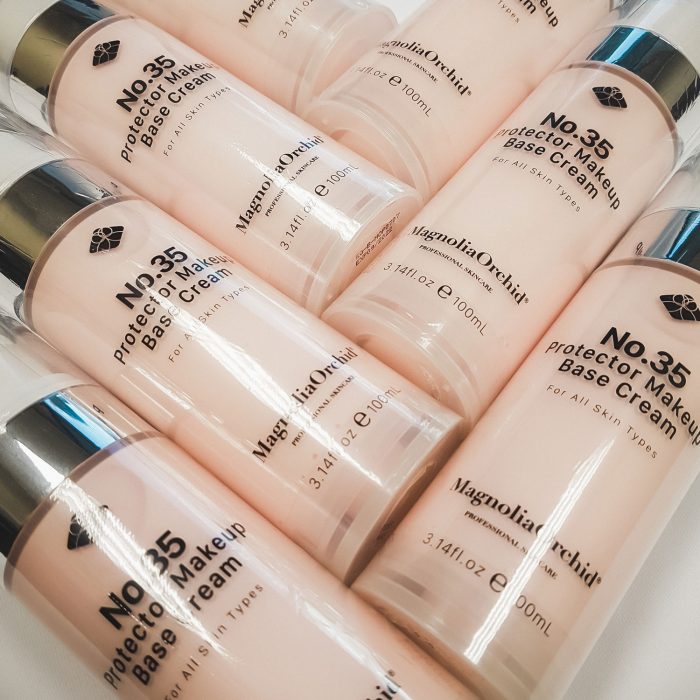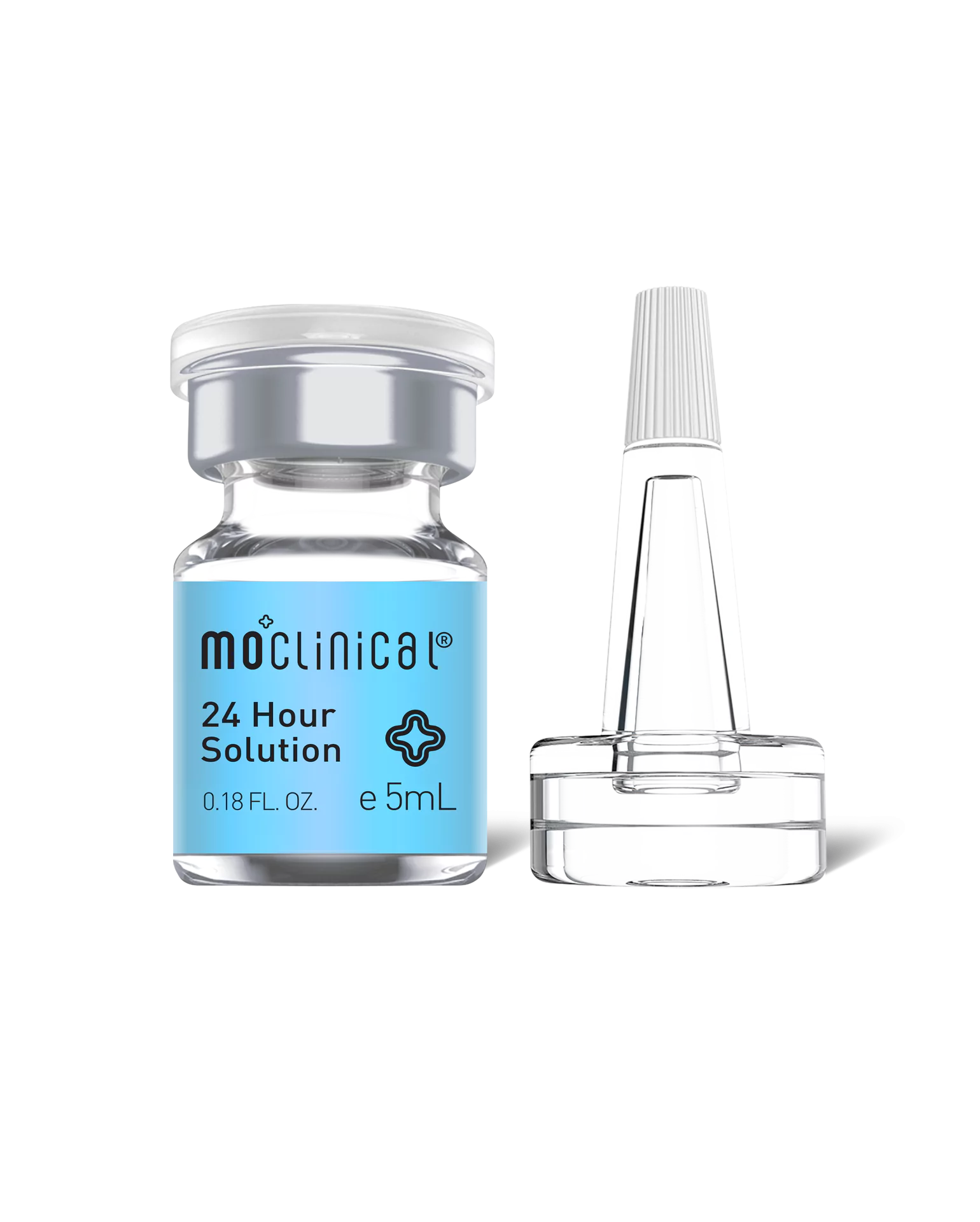Hey pretty
Skincare Jungle is offering
15% Off
your first order!
Thank you for signing up our newsletter!
Enjoy the 20% OFF of your first order with this code:
FIRSTLOVE
Ditch the Photoshop, Start Color Correcting
January 2, 2020
Have you ever spent a long time doing a full face of makeup only to still notice hyper-pigmentation, dark circles, or redness on your cheeks. If a cocktail of concealers, foundation and powders aren’t enough to even out your skin tone, then the art of color correcting may be for you!
Color correcting can be tricky to make look natural, so you must factor in some practice time before you wear them out in the world. Our CC cream formulas are blend-able and have high quality pigments.
 Color-correcting shades come in the variety of green, purple, peach, red and yellow creams that cancel out ruddiness, brighten dark under-eye circles, hide veins and generally erase all signs that your skin isn’t flawless.
Color-correcting shades come in the variety of green, purple, peach, red and yellow creams that cancel out ruddiness, brighten dark under-eye circles, hide veins and generally erase all signs that your skin isn’t flawless.
 Color-correcting shades come in the variety of green, purple, peach, red and yellow creams that cancel out ruddiness, brighten dark under-eye circles, hide veins and generally erase all signs that your skin isn’t flawless.
Color-correcting shades come in the variety of green, purple, peach, red and yellow creams that cancel out ruddiness, brighten dark under-eye circles, hide veins and generally erase all signs that your skin isn’t flawless.
Be real: Do you actually know how to color correct?
There are two main ways to color correct. Either, you apply your foundation or tinted moisturizer first, so you won’t have to use as much color corrector as you probably would on a makeup-free face. Or, you can add concealer and/or foundation on top of your CC cream. Keep in mind you’re not trying to cover a tattoo or a bruise when color correcting, you’re focusing only on brightening “shadows”. The trick for applying CC cream over your foundation or concealer is to apply lightly with your fingertips, and let the warmth of your skin help blend the product in with your skin tone.Here are the major colors and what they target:
- Green: redness
- Lavender: yellowness/ sallowness
- Light Pink/Peach: darkness, dullness and blue veins, particularly in fair skin
- Red/Orange: darkness on skin tones deeper than medium
- Yellow: dullness, particularly in olive skin tones


